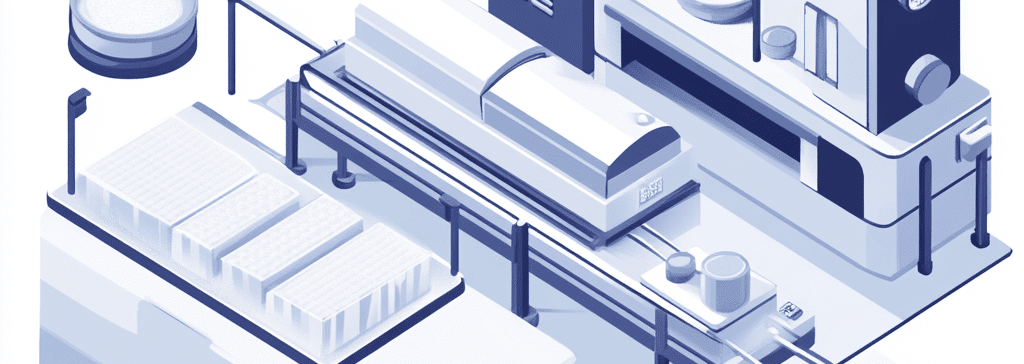Food Safety Overview
In today’s fast-paced food production industry, efficiency and consistency are key to staying competitive. One of the most effective ways to streamline packaging operationsFood safety is the backbone of any food processing facility. As automation becomes the standard in modern food production, ensuring hygiene and sanitation in automated processing lines is more critical than ever. While industrial food processing equipment reduces human contact and minimizes contamination risks, it also presents new challenges in cleaning, maintenance, and compliance.
For food processing plant engineers and buyers, the stakes are high—improper cleaning of food processing equipment can lead to microbial growth, cross-contamination, and costly recalls. The key to preventing these risks lies in implementing robust food safety protocols, leveraging advanced cleaning technologies, and adhering to industry regulations.
In this guide, we’ll explore best practices for maintaining food safety in automated environments. From Clean-in-Place (CIP) systems and smart sensors to regulatory compliance and predictive maintenance, we’ll cover everything you need to know to keep your food processing lines hygienic, efficient, and compliant. is by integrating flow wrap technology into automated packaging lines. Whether you’re a food processing plant engineer optimizing production speeds or a buyer looking for cost-effective packaging solutions, understanding how flow wrapping works can help you make informed decisions.
Quick Takeaways
- Automation Reduces Contamination Risks – Automated systems minimize human contact with food products, reducing the likelihood of contamination and ensuring consistency in processing.
- Sanitation Challenges Exist – Complex machinery can have hard-to-clean areas, requiring specialized cleaning protocols like Clean-in-Place (CIP) systems.
- Regulatory Compliance is Essential – Meeting FDA, USDA, HACCP, and FSMA standards ensures food safety and prevents costly recalls or shutdowns.
- Advanced Technologies Improve Safety – Smart sensors, AI monitoring, and UV disinfection help detect contamination risks and maintain hygiene in automated food processing.
- Preventive Maintenance is Key – Regular inspections and scheduled cleaning reduce the risk of system failures that could compromise food safety.
- Employee Training is Still Crucial – Even in highly automated facilities, trained personnel are needed to oversee operations, troubleshoot issues, and ensure compliance with food safety protocols., bacteria can accumulate and lead to contamination.
Prioritizing Food Safety in Automated Processing
Ensuring food safety in automated processing lines is no longer optional—it’s a necessity for food processing plants striving to maintain quality, compliance, and consumer trust. While automation offers significant advantages in reducing contamination risks and increasing efficiency, it also presents unique challenges in sanitation, system maintenance, and regulatory adherence.
By implementing hygienic equipment design, effective cleaning protocols like Clean-in-Place (CIP) systems, and predictive maintenance, food manufacturers can mitigate these risks and ensure safe food production. The use of smart sensors, AI-driven monitoring, and UV disinfection further strengthens food safety measures by enabling real-time contamination detection and reducing human error. However, well-trained personnel remain essential in overseeing operations and responding to potential safety issues.
For food processing plant engineers and buyers, prioritizing cutting-edge food processing equipment that enhances automation and aligns with the highest food safety standards is essential.
🔹 Ready to optimize your food processing safety? Contact Velec Systems today to explore innovative food safety solutions that ensure compliance, improve efficiency, and keep your operations running smoothly.




